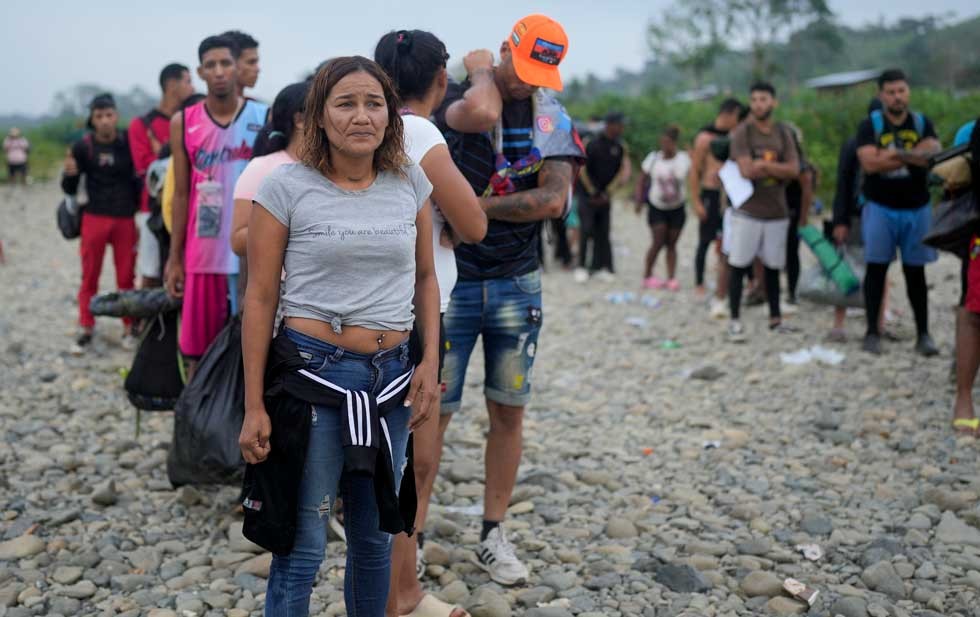Bajo Chiquito, Panama.- Long wooden boats filled with migrants in orange life jackets arrived one after another, plowing the Turkesa River, powered by outboard motors.
By the end of the day, authorities had registered 2,000 migrants in this remote stretch of river on the edge of the Darien Forest, which connects Panama and Colombia.
Some have vague information — from their relatives, social networks and smugglers — about the impending change in the US government’s border policy, and rush to that distant border.
On May 11, the US government will end the pandemic-related restrictions on people seeking asylum at the border – also known as Title 42, under which 2.8 million migrants have been removed from the US since March 2020.
Uncertainty about what will happen after the restrictions end, as well as the possibility of new caps on asylum, have been used by migrant smugglers to create an unnecessary sense of urgency for people to make ill-informed decisions.
Fearing a surge in arrivals, U.S. officials have expanded legal routes, urged migrants to register before traveling and proposed tougher asylum restrictions for people traveling through Mexico.
Those who do not qualify will be deported and banned from re-entering the country for five years.
As migrants cross the Darien, there are no visible signs of efforts to curb the migration that the United States, Panama and Colombia pledged a month ago at the bottleneck between these regions.
In Necogli, Colombia, 1,000 to 1,200 migrants a day board boats that are transported to the Gulf of Agandi in the Colombian region of Colombia, according to local human rights officials.
The kidnappers charge $10,000 and don’t tell them they’ll be kicked out.
For months, the U.S. government has encouraged immigrants to register with its CBP One online application instead of making the perilous trek to the border.
If applicants are eligible for asylum and are sponsors in the United States, they will receive an appointment at the border for further review.





